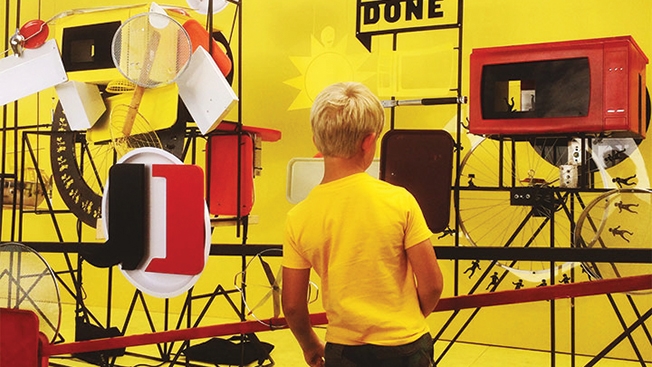
How Out Of Home Advertising & Smartphones Can Interact To Engage Consumers.
The number of smartphone owners has reached 72 per cent of the population in the UK, growing by 14 per cent in the last 10 months alone, according to a research from Deloitte.
This highlights perfectly why as we reach the half way mark of 2015 it is only becoming increasingly important to understand why a relationship continues to evolve between brands using out of home advertising and mobile interaction.
Interestingly, since 2006 it has been the opinion that with the increase of smartphone usage, advertisers would see a decrease in the attention and interaction with out door advertising campaigns. However this is not the case at all, in fact it has been proven that smart phone users are even more likely to notice an out of home advertisement, than those without. The study shows that nearly 80% of smart phone users notice some form of out door advertising campaign per week, thus more than the 72 percent average of the population with smart phones all together.
The report goes on to further find that the majority of consumers would be willing to use their smartphone to interact with out of home media if it benefited the user in some way. This is perfect when you consider the use of Browsers, QR codes, Augmented Reality & Touch Screens, posing as a variety of different and unique ways for companies to deliver their information to customers.
However the best use of smartphones and ODA combined is that is lets the user take part in the installation. By engaging the consumer with powerful informative content which can be used on both mobile and the interactive keeps the user enticed and engaged in your product. An example of this can be seen with our work with Yo Sushi. Here Bliink developed an augmented reality game for android devices. It inspired engagement with the brand such and pushed new and existing customers to visit more often. It also delivered an on-site reward for playing in the form of a discount code, from there the game was triggered by image recognition of the brand logo and configured to activate at a specific Geo-location when a smartphone was produced.
The most famous use of out of home advertising accompanied by smartphones can be seen with Coco-Colas recent campaign titled #ShareACoke, created by our long serving client Clear Channel. The campaign was based around an interactive screen and in exchange for sending a free text message, the screen displayed a bottle of Coke with the consumers name on it in real time.
“Experiential out of home has not been part of our plan in recent years, but we felt with this big announcement and launch that there was a real opportunity to do something different,” said Karmen Conrad, director of marketing at Clear Channel.
The campaign in total generated 820 million impressions and 110,000 submissions via mobile.
All this is why Bliink predicts that in the coming months and years, out of home advertising accompanied by mobile media will be the go to choice for brands looking to engage their customers.




